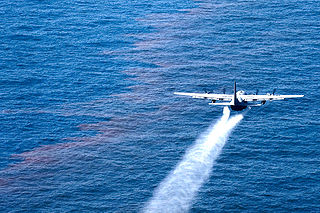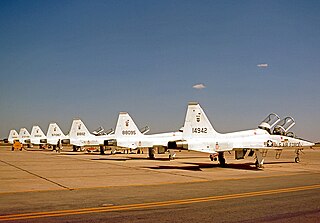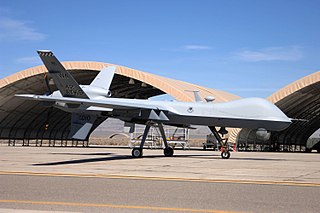Air Education and Training Command Studies and Analysis Squadron  | |
|---|---|
| Active | 1941–1943; 1944; 1944–1946; 1965–1973; 1973–1991; 1992–present |
| Country | |
| Branch | |
| Role | Advanced planning |
| Part of | Air Education and Training Command |
| Garrison/HQ | Joint Base San Antonio - Randolph |
| Motto(s) | Hit My Smoke (1964-1973) Truth Shall Be Found (1992-1994) Vincit Omnia Veritas Latin Truth Conquers All (2001-present) |
| Engagements | American Theater Antisubmarine Campaign Pacific Theater of Operations Vietnam War |
| Decorations | Distinguished Unit Citation Presidential Unit Citation Air Force Outstanding Unit Award with Combat "V" Device Air Force Organizational Excellence Award Republic of Vietnam Gallantry Cross with Palm |
| Insignia | |
| AETC Studies & Analysis Squadron emblem [a] |  |
| 21st Tactical Air Support Squadron emblem [1] (approved 17 September 1990) |  |
| 21st Tactical Air Support Squadron emblem (1970s) |  |
| Patch with unofficial 21st Tactical Air Support Squadron emblem (Vietnam) |  |
| Unofficial 21st Bombardment Squadron (Heavy) emblem [2] |  |
The Air Education and Training Command Studies and Analysis Squadron is a unit of the United States Air Force stationed at Randolph Air Force Base, Texas, where it reports directly to the headquarters of Air Education and Training Command, evaluating training programs and systems.
Contents
- Mission
- History
- World War II
- Vietnam War
- Cold War
- Testing, evaluation and analysis
- Lineage
- Assignments
- Stations
- Aircraft
- Awards and campaigns
- See also
- References
- Notes
- Bibliography
- External links
The squadron's first two predecessor units served in combat during World War II. The 21st Bombardment Squadron (Heavy) flew Consolidated B-24 Liberators in the Aleutian Campaign, where it participated in one of the earliest direct attacks against Japan. The 21st Bombardment Squadron, Very Heavy flew Boeing B-29 Superfortresses in the strategic bombing campaign against Japan, earning a Distinguished Unit Citation for attacks on the Japanese petroleum industry.
The squadron's other predecessor, the 21st Tactical Air Support Squadron served in combat in the Vietnam War from spring 1965 until the withdrawal of U.S. forces in 1973, earning several combat decorations. One squadron member, Captain Hilliard A. Wilbanks, was awarded the Medal of Honor for actions that helped rescue Vietnamese Rangers that had been ambushed by Viet Cong forces. The squadron served in the tactical air support role in the United States from 1973 through 1991. During this service, the three squadrons were consolidated as a single unit in September 1985.
The squadron assumed its current role in 1992, when, as the 21st Test and Evaluation Squadron, it replaced the 3307th Test and Evaluation Squadron at Randolph.






























